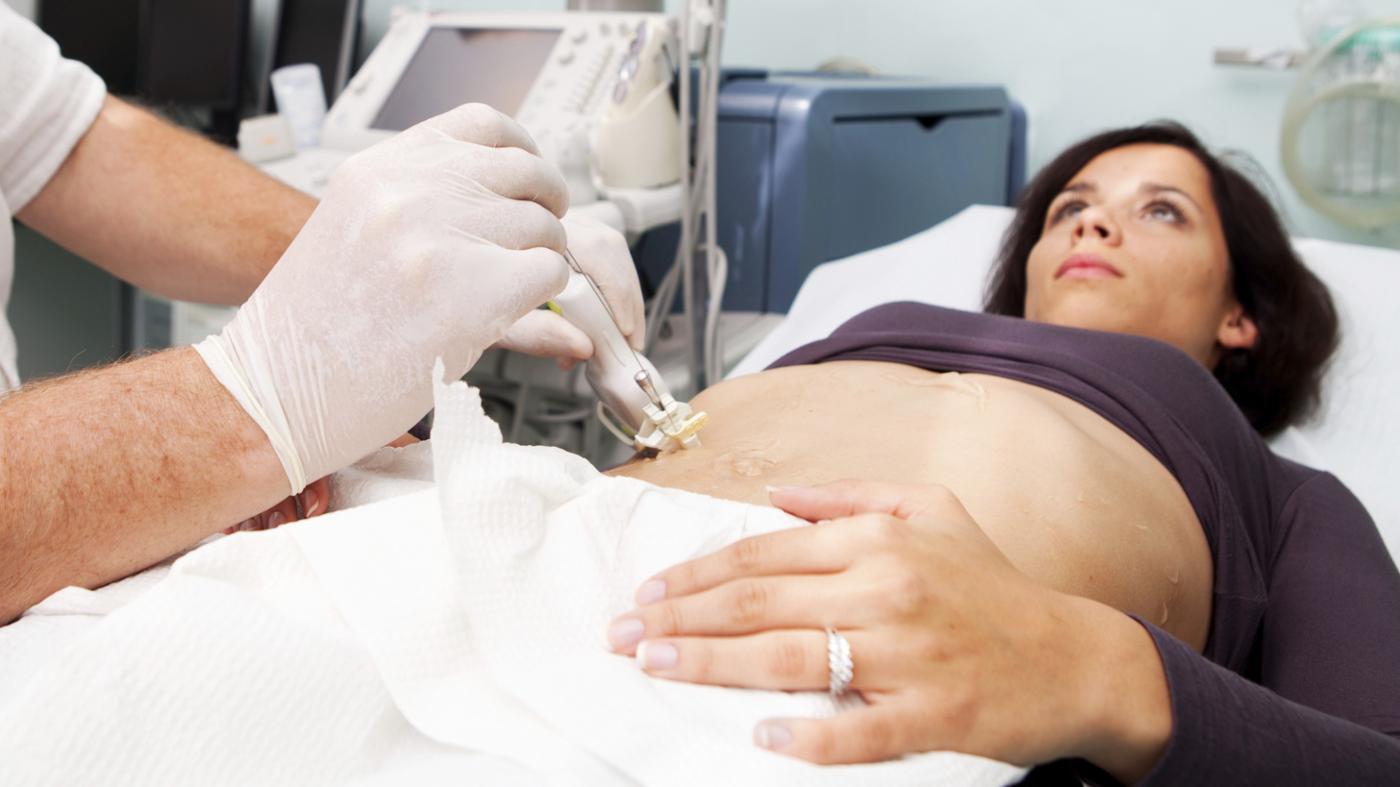
What is a liver biopsy and when is it performed?
A liver biopsy is an examination based on taking a small portion of liver tissue, which is then tested under a microscope
It can be performed percutaneously (tissue sample is taken by a needle inserted through the skin); transvenously (by inserting a catheter through the jugular vein); during abdominal surgery.
What is a liver biopsy used for?
Liver biopsy is used to diagnose acute and chronic liver diseases.
It enables a diagnosis to be made and any doubts about the cause of the disease to be clarified, and allows the severity of the disease to be judged and its progression to be predicted.
It can also be used to assess the effectiveness of treatment.
In the days leading up to the test, the doctor may request that you stop taking certain drugs that could interact with the test.
Medications that may be required to be discontinued include antidepressants, anticoagulants, antiplatelet agents, high blood pressure medication, antibiotics, anti-asthmatic drugs, and NSAIDs.
The patient must have been fasting of both solid and liquid food for at least six hours before undergoing this test.
The patient may undergo a blood test to determine his or her coagulation capacity and, if the need arises, may be given coagulation drugs.
Who can take the test?
Anyone with chronic or acute liver disease can undergo the test.
The main contraindications to liver biopsy are: the presence of ascites (the transjugular route is preferred); obesity; the presence of blood clotting values below normal; if the patient complains of abdominal pain due to gallbladder disease, pancreatitis or intestinal obstruction.
Is a liver biopsy painful or dangerous?
While it can be said that the liver biopsy is a test with a high safety margin and that it does not pose any particular risk to the patient, its nature as a rather invasive test cannot be overlooked.
While serious complications are rare, some minor complications are rather frequent. These include postoperative pain, which can affect 1 in 3 patients (pain can occur at the injection site and extend to the right shoulder) and bleeding.
Complications are rarer today than in the past thanks to the ultrasound-guided biopsy and new needles that are smaller in calibre and less traumatic.
How does the liver biopsy work?
To perform the liver biopsy, the patient must be positioned supine.
The doctor will disinfect the skin at the needle entry point and administer local anaesthesia.
The method involves ultrasound, which allows the doctor to monitor the needle’s route.
The biopsy needle – capable of taking a portion of tissue 2-4 centimetres long – will be inserted and removed quickly.
After the biopsy, the patient should remain lying down, with an ice bag over the biopsy site, for at least 3 hours, and it is recommended that he or she remain at rest for at least the first 24 hours after the test.
Read Also
Emergency Live Even More…Live: Download The New Free App Of Your Newspaper For IOS And Android
Liver Failure: Definition, Symptoms, Causes, Diagnosis And Treatment
Acute Liver Failure In Childhood: Liver Malfunction In Children
Hepatitis In Children, Here Is What The Italian National Institute Of Health Says
Acute Hepatitis In Children, Maggiore (Bambino Gesù): ‘Jaundice A Wake-Up Call’
Nobel Prize For Medicine To Scientists Who Discovered Hepatitis C Virus
Hepatic Steatosis: What It Is And How To Prevent It
Acute Hepatitis And Kidney Injury Due To Energy Drink Consuption: Case Report
The Different Types Of Hepatitis: Prevention And Treatment
Acute Hepatitis And Kidney Injury Due To Energy Drink Consuption: Case Report
Fusion Prostate Biopsy: How The Examination Is Performed
Echo- And CT-Guided Biopsy: What It Is And When It Is Needed
What Is Needle Aspiration (Or Needle Biopsy Or Biopsy)?
What Is Echocolordoppler Of The Supra-Aortic Trunks (Carotids)?
What Is The Loop Recorder? Discovering Home Telemetry
Cardiac Holter, The Characteristics Of The 24-Hour Electrocardiogram
Peripheral Arteriopathy: Symptoms And Diagnosis
Endocavitary Electrophysiological Study: What Does This Examination Consist Of?
Cardiac Catheterisation, What Is This Examination?
Echo Doppler: What It Is And What It Is For
Transesophageal Echocardiogram: What Does It Consist Of?
Venous Thrombosis: From Symptoms To New Drugs
Echotomography Of Carotid Axes


